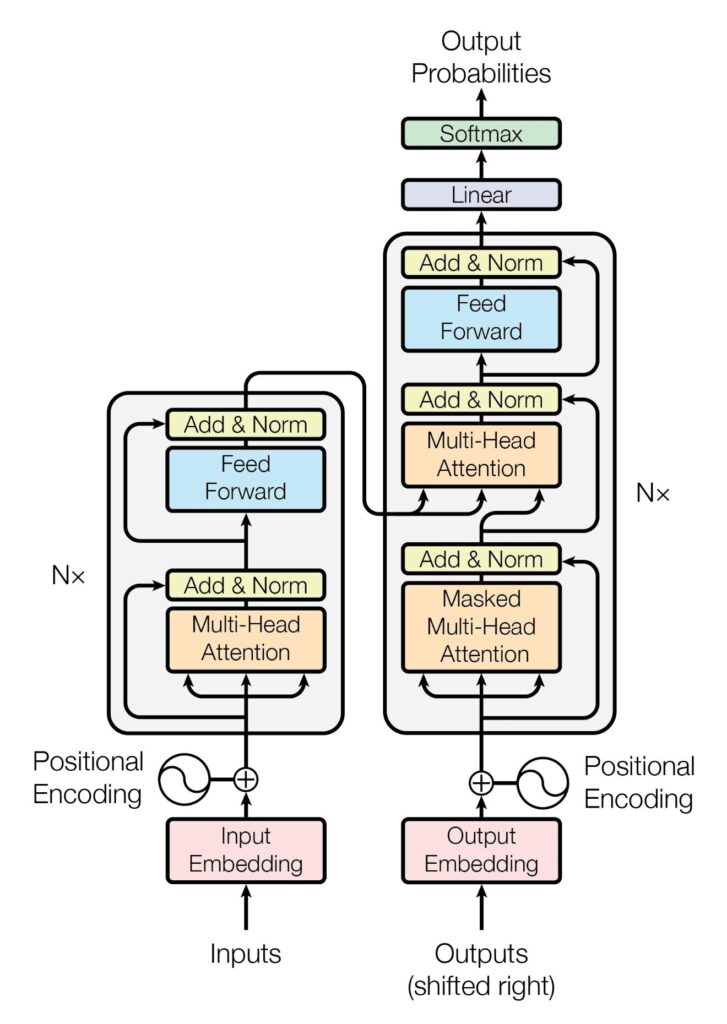Transformer Models: Revolutionizing Natural Language Processing
Transformer models have emerged as a groundbreaking architecture in the field of natural language processing (NLP) and machine learning. Introduced in 2017 by Vaswani et al. in their seminal paper “Attention Is All You Need,” these models have rapidly become the foundation for numerous state-of-the-art language models and applications[1].
At their core, transformers utilize a novel mechanism called self-attention, which allows the model to process all input elements simultaneously and capture long-range dependencies in sequential data[1]. This approach overcomes limitations of previous architectures like recurrent neural networks (RNNs) and convolutional neural networks (CNNs) in handling long sequences[4].
The transformer architecture consists of two main components:
- Encoder: Processes the input sequence and captures relationships between tokens.
- Decoder: Generates the output sequence based on the encoded information.
Both components employ multi-head attention mechanisms, feed-forward neural networks, and layer normalization[1].
Transformer models have demonstrated exceptional performance across various NLP tasks, including:
- Machine translation
- Text summarization
- Sentiment analysis
- Named entity recognition
- Question answering
Their success has led to the development of powerful language models like BERT, GPT, and T5, which have achieved remarkable results on benchmark tasks and enabled new applications in natural language understanding and generation[4].
The impact of transformers extends beyond NLP. Recent adaptations have shown promise in computer vision (Vision Transformer) and speech processing, outperforming traditional RNN-based approaches in these domains[5].
As transformer models continue to evolve, researchers are exploring ways to improve their efficiency, reduce computational requirements, and address challenges related to bias and responsible AI deployment[4]. The ongoing development of transformer architectures promises to drive further advancements in artificial intelligence and expand the capabilities of machine learning systems across various domains.
Further Reading
1. An introduction to transformer models | Algolia
2. [2302.07730] Transformer models: an introduction and catalog
3. Transformers in depth – Part 1. Introduction to Transformer models in 5 minutes | by Gabriel Furnieles | Towards Data Science
4. What Is a Transformer Model? | NVIDIA Blogs
5. Transformer (deep learning architecture) – Wikipedia
Description:
Handling sequential data with attention mechanisms for improved context understanding.
IoT Scenes:
Natural language processing (NLP), predictive analytics, and advanced data processing.
Natural Language Processing: Understanding and responding to user commands in smart assistants.
Complex Pattern Recognition: Identifying patterns in large datasets from IoT sensors.
Data Fusion: Integrating and analyzing data from multiple IoT sources for enhanced insights.
Real-Time Data Processing: Efficiently handling and interpreting large volumes of data.


